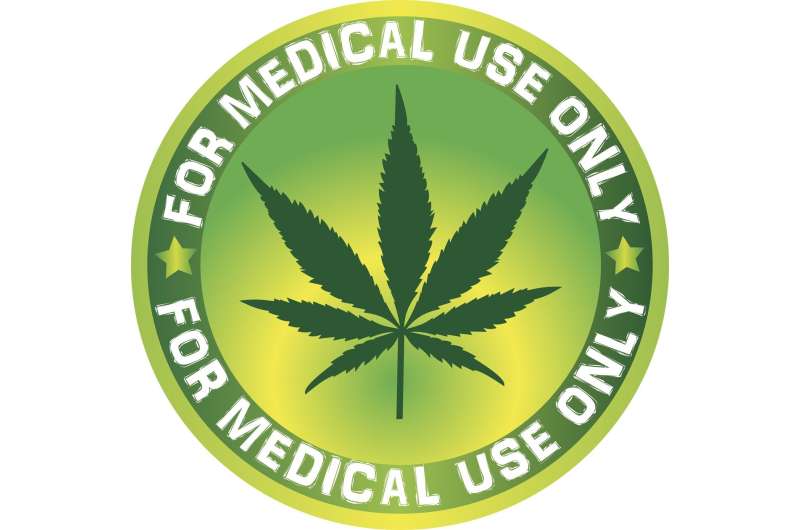Impact of Medicaid Unwinding on Medication Treatment for Opioid Use Disorder

A recent study links Medicaid unwinding to reduced initiation and continuation of medication treatment for opioid use disorder, emphasizing the importance of sustained access amidst policy changes.
Recent research by the RAND Corporation highlights significant shifts in medication treatment for opioid use disorder (OUD) following the end of pandemic-era Medicaid enrollment protections. The study reveals that as states resumed standard Medicaid procedures, over 25 million Americans experienced disenrollment, which correlates with notable declines in both initiation and continuation of treatment with medications like buprenorphine.
The investigation, which analyzed prescription data from all 50 states and the District of Columbia spanning from January 2021 to December 2023, found that the overall number of treatment episodes paid for by Medicaid decreased after unwinding began. States with the highest levels of disenrollment saw the largest reductions. Specifically, there was a 2.6% decrease in new Medicaid-paid treatment episodes during the six months following unwinding, with an even more significant 3.9% drop in states most affected by disenrollment.
While some individuals disenrolled from Medicaid may have accessed other payment methods for their medication, the data suggest that shifts in treatment episodes are not fully offset by alternative sources such as out-of-pocket payments or private insurance. The findings underscore a concerning trend: the ending of Medicaid continuous coverage is associated with decreased treatment engagement for individuals battling opioid addiction.
The study emphasizes the critical need to ensure sustained access to life-saving medications, especially as federal legislation predicts that up to 10 million Americans could lose Medicaid coverage by 2034. Medication-assisted treatment, particularly buprenorphine, remains the most effective approach for managing opioid use disorder, with Medicaid covering approximately 40% of these treatments.
Lead researcher Rachel K. Landis notes that the decline in treatment episodes correlates strongly with Medicaid disenrollment, especially in states experiencing the greatest unwinding. Experts warn that such disruptions could hinder progress in combating the opioid overdose crisis and highlight the importance of policy measures that maintain access to essential treatments.
[Source: https://medicalxpress.com/news/2025-09-medicaid-unwinding-medication-treatment-opioid.html]
Stay Updated with Mia's Feed
Get the latest health & wellness insights delivered straight to your inbox.
Related Articles
Evaluating the Effectiveness of Medicinal Cannabis for Pain, Anxiety, and Sleep
Explore the latest evidence on the effectiveness and safety of medicinal cannabis in treating pain, anxiety, and sleep disorders, highlighting current research findings and clinical considerations.
Long-Term Cardiac Microvascular Changes in Severe COVID-19 Survivors
Severe COVID-19 survivors may experience prolonged cardiac microvascular dysfunction, impacting blood flow and heart function. New research underscores the importance of understanding these lasting effects for better treatment options.
Repeated Stress-Induced Brain Changes May Increase Addiction Vulnerability
Severe stress can cause lasting changes to critical brain regions, elevating the risk of addiction by impairing decision-making and increasing reward-seeking behaviors. New research sheds light on the neuronal mechanisms behind stress-related vulnerability to substance misuse.
Research Confirms Diets Are Ineffective for Managing Lipoedema Fat in Women
New research confirms that traditional diets are ineffective in reducing fat caused by lipoedema in women. A study from NTNU highlights the limited impact of dieting and explores the benefits of low-carb diets for symptom relief and weight loss. Learn more about managing this challenging condition.



